हम कार-समीक्षा उद्योग में थोड़ी-बहुत मार्केटिंग संबंधी बातों से अनजान नहीं हैं। हमारी आँखें अब इसके प्रति असंवेदनशील हो गई हैं, वे हर प्रेस विज्ञप्ति में दिखावटी लेखन को नजरअंदाज करने के बजाय तथ्यों और आंकड़ों पर ध्यान देने के लिए प्रशिक्षित हो गई हैं। लेकिन रोल्स-रॉयस के ऐसा करने के तरीके में कुछ ऐसा है जो बहुत मनमोहक है; इसके बजाय आप इसका स्वाद लेना चाहते हैं, जैसे इसे पीने से पहले शराब का एक घूंट अपनी जीभ के चारों ओर घूमने देना। शब्दावली परिष्कृत है, लेकिन अत्यधिक शक्तिशाली नहीं है, तकनीकी के बजाय आमंत्रित करती है, हर बढ़ते शब्द के साथ आपको विवेकपूर्ण ढंग से विलासिता के जीवन की ओर खींचती है। मुझे इंजन की सटीक घन क्षमता का पता नहीं है, लेकिन बदलाव की मुझे कोई परवाह नहीं है। मालिक 'ग्राहक' हैं, सबसे अधिक बिकने वाला 'सबसे अधिक अनुरोधित मॉडल' है, एक एसयूवी एक 'उच्च-पक्षीय वाहन' है, और त्वरण 'प्रगति' है। उनके प्रयुक्त कार व्यवसाय को 'प्रोवेंस' कहा जाता है – यह अविश्वसनीय है!
मैं रोल्स के मंत्रमुग्ध कर देने वाले वाक्यांश को सामने लाने का कारण यह है कि यह इस तथ्य को पुष्ट करता है कि यह अपने मानक को गिरने नहीं देगा, यह कोई समझौता नहीं करेगा, और यह निश्चित रूप से प्रवेश स्तर पर काम नहीं करेगा। और जैसे ही सीरीज़ II (रोल्स फेसलिफ्ट के लिए बोलते हैं) घोस्ट, ब्रांड के 'अधिक पहुंच योग्य' सैलून से पर्दा उठता है, यह स्पष्ट है कि उन्होंने ऐसा कुछ भी नहीं किया है।
2025 रोल्स रॉयस घोस्ट डिज़ाइन
क्या आप जानते हैं कि रोल्स-रॉयस के डिज़ाइन दर्शन का मूल सिद्धांत सामने की ओर चौकोर, सीधी, सीधी रेखाओं से शुरू करना और पीछे की ओर चिकने मोड़ के साथ समाप्त करना है? मैंने नहीं किया, लेकिन अब मैं मार्के के 120 साल के इतिहास के किसी भी मॉडल को नहीं देख सकता और न ही देख सकता हूँ। घोस्ट में, जो सामने अचूक पेंथियन ग्रिल से शुरू होता है, एक्स्टसी की आत्मा गर्व से इसके ऊपर आगे की ओर झुकी हुई है। तीव्र रेखाएँ आयताकार हेडलैम्प्स और एक बोनट को फ्रेम करती हैं जो उद्देश्यपूर्ण रूप से लंबा होता है, किनारों पर लंबवत रूप से नीचे की ओर गिरता है जो इसकी 2.1-मीटर चौड़ाई और अखंड रूप को बढ़ाता है। लेकिन फिर, जैसे-जैसे खिड़की की रेखा करीब आती है, रेखाएं नरम हो जाती हैं और डुबकी लगाती हैं, लगभग त्रिकोणीय डी-स्तंभ और सुरुचिपूर्ण पूंछ में बहती हैं।
स्टाइलिंग तत्वों को जोड़ने वाले अधिकांश फेसलिफ्टों के विपरीत, सीरीज़ II घोस्ट घटाता और सरल करता है। पतला, नरम किनारों वाले हेडलैम्प और एलईडी लाइट सिग्नेचर की एक पंक्ति के साथ, सामने अब काफी साफ-सुथरा है। सामने वाले बम्पर में जटिल, लगभग स्पोर्टी एयर डैम को नीचे की ओर एक पतला, एकल टुकड़ा द्वारा प्रतिस्थापित किया गया है, हालांकि यह कहा जाना चाहिए कि ब्लैक बैज संस्करण जो आप यहां देख रहे हैं उसमें कुछ निष्क्रिय आक्रामकता है – क्षमा करें, 'अभिकथन' – में इसका वायु प्रवेश. पूरी रेंज में आकर्षक नए 22-इंच व्हील डिज़ाइन मौजूद हैं; ब्लैक बैज के लिए एक अलग चयन जो ब्रेक कैलीपर्स को बेहतर ढंग से देखने के लिए अधिक 'खुला' है। और पीछे की तरफ, एलईडी टेल-लैंप में विशिष्ट वर्टिकल स्ट्रेक्स की सुविधा है जो पहली बार स्पेक्टर ईवी में पेश की गई थी।

ब्रेक दिखाने के लिए डिज़ाइन किए गए ब्लैक बैज व्हील।
2025 रोल्स रॉयस घोस्ट का इंटीरियर, विशेषताएं
यदि आप वास्तविक घोस्ट ग्राहक हैं (देखें? यह काम कर रहा है) तो बड़ी खबर यह है कि कस्टमाइज़ेशन कैटलॉग, जिसे बेस्पोक कहा जाता है, ने फैंटम सीरीज़ II, कलिनन सीरीज़ II और स्पेक्टर में पेश किए गए विकल्पों को शामिल करने के लिए काफी विस्तार किया है। इनमें सूक्ष्म से लेकर दिखावटी और एकदम विचित्र तक शामिल हैं। बेस्पोक डिवीजन के प्रमुख फिल फैबरे डे ला ग्रेंज बताते हैं, ''हमें ना कहना पसंद नहीं है, और वह सही हैं। घोस्ट क्लाइंट को संपूर्ण कैटलॉग तक पहुंच क्यों नहीं मिलनी चाहिए? और यह केवल इस विचार को आगे बढ़ाता है कि रोल्स-रॉयस के साथ प्रवेश-स्तर जैसी कोई चीज़ नहीं है।

मूल कंपनी बीएमडब्ल्यू के विपरीत, रोल्स-रॉयस के स्टीयरिंग रिम यथासंभव पतले हैं।
एक बड़ा नया जोड़ 'डुअलिटी टवील' है – एक जटिल और रंगीन सिलाई पैटर्न जो आरआर अक्षरों को समुद्री रस्सी की गांठों के साथ जोड़ता है, जो नए टिकाऊ बांस-आधारित रेयान असबाब के साथ अच्छी तरह से मेल खाता है। इसे बनाने में 11 मील धागे का उपयोग होता है और 20 घंटे लगते हैं। डैशबोर्ड में एक नया बैकलिट स्पिरिट ऑफ एक्स्टसी टाइमपीस है, और यदि आप प्रसिद्ध 'स्टारलाइट हेडलाइनर' को करीब से देखते हैं, तो एक शूटिंग स्टार समय-समय पर यादृच्छिक रूप से दिखाई देगा। सनरूफ बहुत गंदे हैं। एक और विवरण जो मुझे पसंद है वह है क्रोम-रिंग वाले फिक्स्ड डिजिटल डायल से आधुनिक दिखने वाली पूर्ण-डिजिटल इंस्ट्रूमेंट स्क्रीन की ओर बढ़ना, जो अनुकूलन योग्य है – एक बार जब आप कार ऑर्डर करते हैं। यह आपकी कार के आंतरिक या बाहरी भाग के लिए कुरकुरा, साफ और रंग-कोडित है, और आप इसे तुरंत नहीं बदल सकते।
इंटीरियर की बात करें तो, हर रोल्स की तरह, यह अपनी तकनीक के बारे में उसी तरह चिल्लाता नहीं है, मान लीजिए, मेबैक करता है। खाल, लिबास, क्रोम और शैगपाइल की मोटी परतों के नीचे दबी हुई बीएमडब्ल्यू ग्रुप की पेशकश सबसे अच्छी है; वास्तव में, बेहतर है, क्योंकि यह बीएमडब्ल्यू की आई-ड्राइव जितनी जटिल नहीं है। एक क्रोम बटन दबाएं और एक लकड़ी की मेज सामने की सीटों के पीछे मुड़ जाती है, जिससे एक टचस्क्रीन दिखाई देती है जो अब तक इसके पीछे छिपी हुई थी। चारों दरवाजों में से प्रत्येक सर्वो-सहायक है, और मोटरें एक बटन दबाने पर धीरे से बंद हो जाती हैं। यहां तक कि खूबसूरती से एनालॉग मेटल ऑर्गन-स्टॉप टॉगल भी डैश के अंदर एक पूरी तरह से डिजिटल ऑटो जलवायु नियंत्रण प्रणाली से जुड़े हुए हैं।

यहां तक कि एसडब्ल्यूबी मॉडल में भी बहुत बड़ी जगह होती है और जो चित्र में दिखाया गया है उससे कहीं अधिक झुकता है। हालाँकि, कोई सूरज अंधा नहीं करता।
मैं अकेले बेस्पोक ऑडियो सिस्टम के बारे में एक पेज लिख सकता हूं, इसके 18 स्पीकर, 1,400 वॉट और शून्य ब्रांडिंग के साथ। इसकी स्पष्टता और गहराई उन उत्कृष्ट धातु ग्रिलों के माध्यम से आती है जो आपके द्वारा सुने गए किसी भी अन्य हाई-एंड कार ऑडियो को ख़राब कर देती है, और फिर, यह छिपे हुए समाधानों के लिए धन्यवाद है। यह कार के चेसिस में गुहाओं को अनुनाद कक्षों के रूप में उपयोग करता है, अधिक ध्वनि गहराई के लिए छत के लाइनर में एक्साइटर्स को शामिल करता है, और इसमें माइक्रोफोन होते हैं जो लगातार परिवेशीय शोर को पढ़ते हैं और एम्पलीफायर को अनुरूप समायोजित करते हैं।
जहाँ तक सिंहासन की बात है, जैसे ही कोच का दरवाज़ा इसे प्रकट करने के लिए खुलता है, पहली बार में यह उतना खास नहीं दिखता है। यह काफी सीधा है और इसमें विशिष्ट लक्जरी-कार पफी बोल्टिंग या क्विल्टिंग नहीं दिखती है। हालाँकि, अंदर खिसकें – वास्तव में ऐसा करना इतना आसान नहीं है, पीछे के दरवाजे की वजह से – और आप तुरंत आधी नींद में सो जाते हैं। वे उस प्रकार के कुशन हैं जिनमें आप बस डूब जाते हैं और किनारों तक फैल जाते हैं, जिसमें हेडरेस्ट पर एक अतिरिक्त तकिया होता है। सीटबैक रिक्लाइन, सबसे पहले, न्यूनतम लगता है, लेकिन यह तब तक है जब तक आपको एहसास नहीं होता कि आपको पूर्ण कोण को अनलॉक करने के लिए सीट बेस को आगे बढ़ाना होगा। जैसे ही आप ऐसा करते हैं, आपका सिर सी स्तंभ के पीछे आ जाता है, जिससे आपको रॉयल्टी के लिए आरक्षित गोपनीयता मिलती है।

अनब्रांडेड 'बेस्पोक' ऑडियो अविश्वसनीय लगता है।
लेगरूम? मानक 3,295 मिमी व्हीलबेस के साथ भी, यह बहुत बड़ा है, लेकिन 3,465 मिमी व्हीलबेस के साथ एक विस्तारित संस्करण भी है। सीट हीटिंग, कूलिंग और मसाज विकल्प हैं, लेकिन दिलचस्प बात यह है कि पीछे की खिड़की पर ब्लाइंड नहीं हैं। रोल्स का कहना है कि अधिकांश ग्राहक काले रंग की पिछली खिड़कियों से संतुष्ट हैं, लेकिन निश्चित रूप से, ये भारत में अवैध हैं। हालाँकि, कभी ना न कहने की भावना से, वे इस पर काम कर रहे हैं।
2025 रोल्स रॉयस घोस्ट का प्रदर्शन, इंजन
कम से कम इन कानों के लिए, रोल्स का कहना है कि चिंताजनक बात यह है कि 2018 में कलिनन एसयूवी के आने के बाद से, पूरे मॉडल रेंज में ड्राइवर द्वारा संचालित ग्राहकों की संख्या 70 प्रतिशत से घटकर केवल 11 प्रतिशत रह गई है। यदि आप, एक भूत के मालिक के रूप में, अपनी खुद की मोटरकार को कमांड करना चाहते हैं, तो क्या मैं ब्लैक बैज की सिफारिश कर सकता हूं, क्योंकि यह अनुभव में मसाला का संकेत देता है, आराम से किसी भी तरह का समझौता नहीं करता है।

छह-साढ़े तीन-चौथाई लीटर ट्विन-टर्बो V12 की शक्ति 571 से 600hp और टॉर्क 850 से 900Nm तक बढ़ जाती है, लेकिन रोल्स ने तुरंत बताया कि यह किसी प्रकार का घोस्ट आरएस नहीं है; यह बस थोड़ा अधिक अभिव्यंजक है। यह अभिव्यक्ति सबसे अच्छी तरह तब महसूस होती है जब आप स्टीयरिंग-माउंटेड शिफ्टर स्टॉल पर 'लो' बटन (स्पोर्ट मोड? यह प्लेबीयन्स के लिए है) दबाते हैं, जो 8-स्पीड जेडएफ गियरबॉक्स को अधिक आसानी से डाउनशिफ्ट करने और फैशनेबल होने पर देर से अपशिफ्ट करने के लिए कहता है। निःसंदेह, मैं आपको यह नहीं बता सकता कि इनमें से कुछ किस आरपीएम पर होता है क्योंकि रोल्स में कोई टैकोमीटर नहीं होता है, केवल एक पावर रिजर्व मीटर होता है। लो मोड के बिना, यह हर मामले में मानक घोस्ट के समान लगता है।
लेकिन इस बड़ी V12 को (इस बड़ी कार में) जितना संभव हो उतना बढ़ाने में एक अलग तरह का आनंद मिलता है। यह हाई-रेविंग नहीं है, लेकिन यह अत्यधिक टर्बोचार्ज्ड भी महसूस नहीं होता है। शक्ति एक उछाल है, जैसे ज्वार की लहर किनारे की ओर बढ़ते हुए द्रव्यमान और गति को इकट्ठा करती है, और मुझे लगता है कि यहां कंपनी के विमान इंजनों से कुछ सीख मिली है। अज्ञात संख्या में रेव्स पर, यह अच्छा भी लगता है – भारी और यांत्रिक। और दिलचस्प बात यह है कि रोल्स का कहना है कि ग्राहक इसे चाहते हैं, खासकर ब्लैक बैज में।

डिजिटल डायल अनुकूलन योग्य। खरीदारी के समय.
जहां पिछला घोस्ट 7 सीरीज़ पर आधारित था, वहीं इस नए में किसी भी बीएमडब्ल्यू के साथ कोई यांत्रिकी नहीं है। यह, हर दूसरे रोल्स की तरह, ब्रांड के एल्यूमीनियम स्पेसफ्रेम आर्किटेक्चर ऑफ़ लक्ज़री पर बनाया गया है, और इसके साथ चतुर सस्पेंशन आता है जिसमें इसके डैम्पर्स के लिए डैम्पर्स हैं। यह, स्व-समतल वायु स्प्रिंग्स और एक 'फ्लैगबियरर' प्रणाली के अनुरूप है जो सड़क को स्कैन करता है और अनुकूली डैम्पर्स को प्राइम करता है, जिससे रोल्स को इन 22 इंच के पहियों और पतले-पतले टायरों को सवारी की गुणवत्ता में थोड़ा समझौता किए बिना फिट करने की अनुमति मिलती है। सबसे खराब स्थिति में, आप चौड़े रबर को सुन सकते हैं क्योंकि यह एक तेज टक्कर मारता है, लेकिन आप इसे शायद ही कभी महसूस करेंगे।
निलंबन में कुछ छोटे ज्यामिति परिवर्तनों के अलावा, ब्लैक बैज की 'विघटनकारी प्रकृति' केवल सॉफ्टवेयर का काम है। यह वही है जो इंजन को अधिक 'वोल्यूबल' बनाता है, गियरबॉक्स को पहले शिफ्ट करता है, स्टीयरिंग को अधिक प्रतिक्रियाशील बनाता है और सस्पेंशन को तेजी से प्रतिक्रिया देता है। हालाँकि, एजाइल एक सापेक्ष शब्द है, और कॉन्टिनेंटल जीटी या एएमजी एस63 जैसे बड़े ग्रैंड टूरर के भौतिकी-तोड़ने वाले मानकों के अनुसार, यह थोड़ा नरम लगता है। रियर-व्हील स्टीयरिंग यहाँ आवश्यक लगता है, और स्टीयरिंग में कुछ ढीलापन है, लेकिन कहा जा रहा है कि, एक बार जब आप इसे एक लय में ले आते हैं, तो पतले-पतले पहिये को घुमाना और सभी बड़े पैमाने पर गति करना, फिर से, अपने विशेष रूप में आनंददायक होता है रास्ता।
2025 रोल्स रॉयस घोस्ट की कीमत, फैसला

पूर्व-कॉन्फ़िगर किए गए 'इंस्पायर्ड स्पेसिफिकेशंस' को आसानी से ऑर्डर किया जा सकता है, आइडियलिस्ट जैसे विशेष नाम प्राप्त करें।
जब घोस्ट इतना निपुण हो गया है, तो फ्लैगशिप फैंटम का क्या मतलब है, आप पूछ सकते हैं? डी ला ग्रेंज इसकी तुलना आपकी अलमारी में मौजूद चीज़ों से करता है: “द फैंटम ड्रेस शूज़ के साथ एक ब्लैक-टाई टक्सीडो है; यह विशेष अवसरों के लिए है,'' वे कहते हैं। “द घोस्ट एक बिजनेस जैकेट और लोफर्स है; यह कुछ ऐसा है जिसे आप हर दिन उपयोग कर सकते हैं।” यह मेरे रोजमर्रा के जीवन से अब तक हटा दी गई किसी चीज़ के लिए बहुत मायने रखता है।
क्योंकि असल मायनों में घोस्ट किसी कार से कम नहीं है। वास्तव में, यह उपलब्ध अन्य कारों की तुलना में एक बेहतर कार है। रोल्स की लंबाई लगभग किसी भी अन्य लक्जरी कार निर्माता से आगे निकल गई है, और परिणाम गुणवत्ता, परिष्कार और शिल्प कौशल के स्तर में स्पष्ट रूप से देखने को मिलते हैं, जिनकी बराबरी कुछ अन्य कर सकते हैं। 8.95 करोड़ रुपयेविकल्पों से पहले, आपको निश्चित रूप से अपने पैसे का मूल्य मिलना चाहिए। तो भले ही आप अपने भूत को स्वयं चलाने, या इस तरह के एक अपमानजनक विनिर्देश को चुनने, या ब्लैक बैज उपचार का चयन करने, या यहां तक कि रोल्स-रॉयस लेक्सिकॉन की मंत्रमुग्ध कर देने वाली कविता से प्रभावित होने वाले व्यक्ति नहीं हैं, तो जान लें कि आप उसके पास डामर पर रबर डालने वाली अब तक की सबसे बेहतरीन लक्जरी मोटरकारों में से एक होगी।
यह भी देखें:
2025 रोल्स-रॉयस की कीमतें सामने आईं
रोल्स-रॉयस स्पेक्टर: एक नज़दीकी नज़र

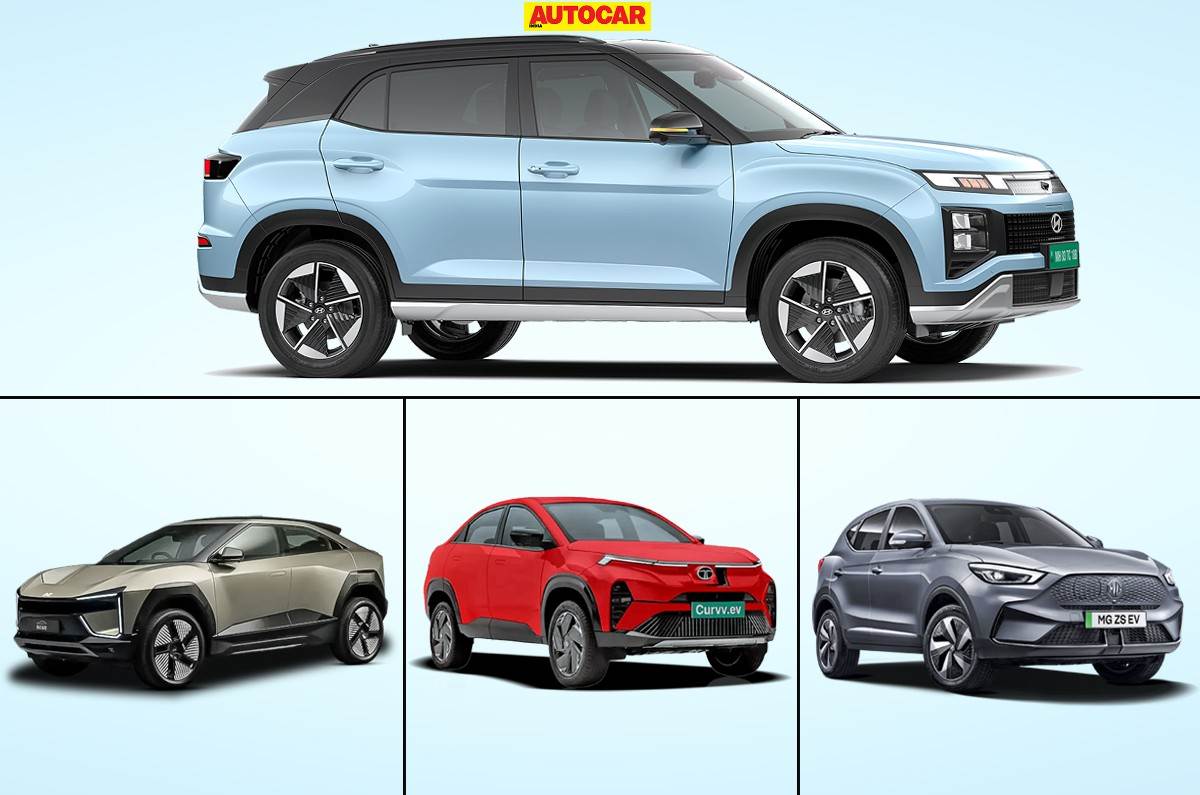

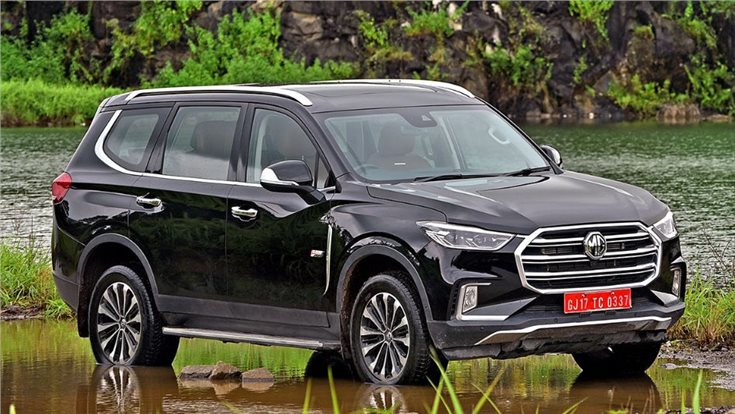
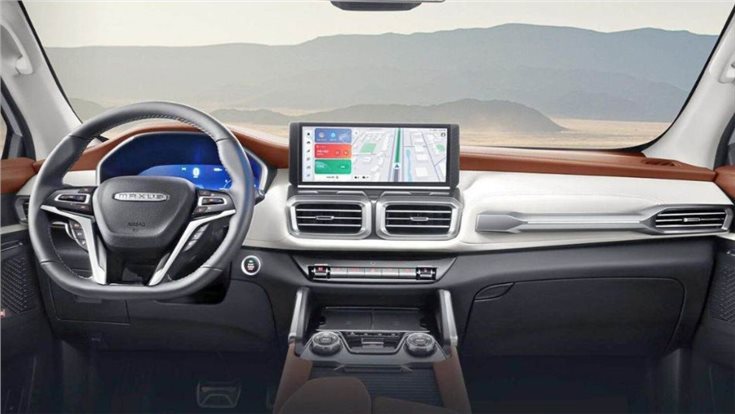
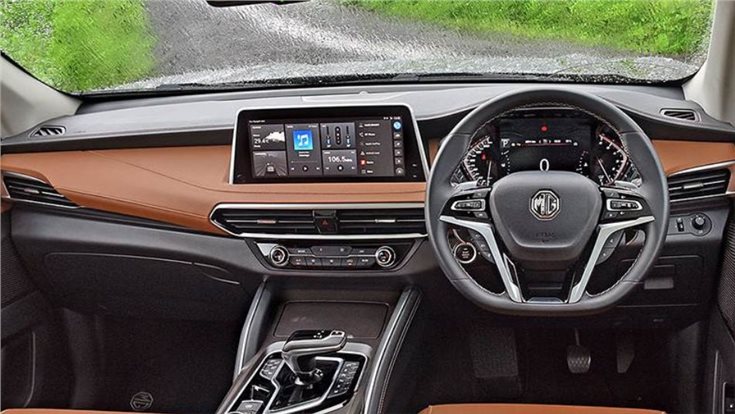
.jpg&w=735&h=415&q=85)
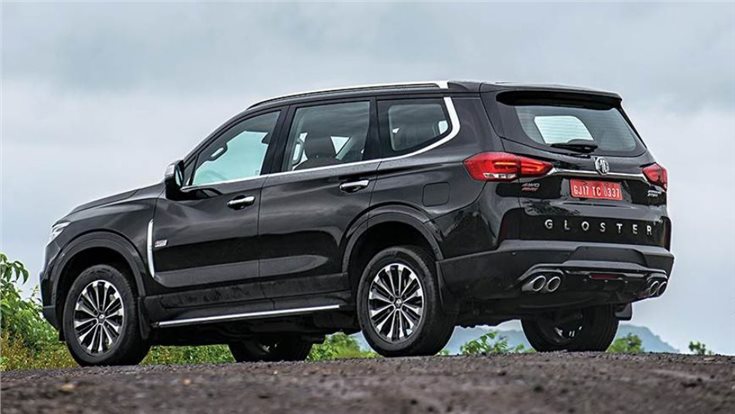
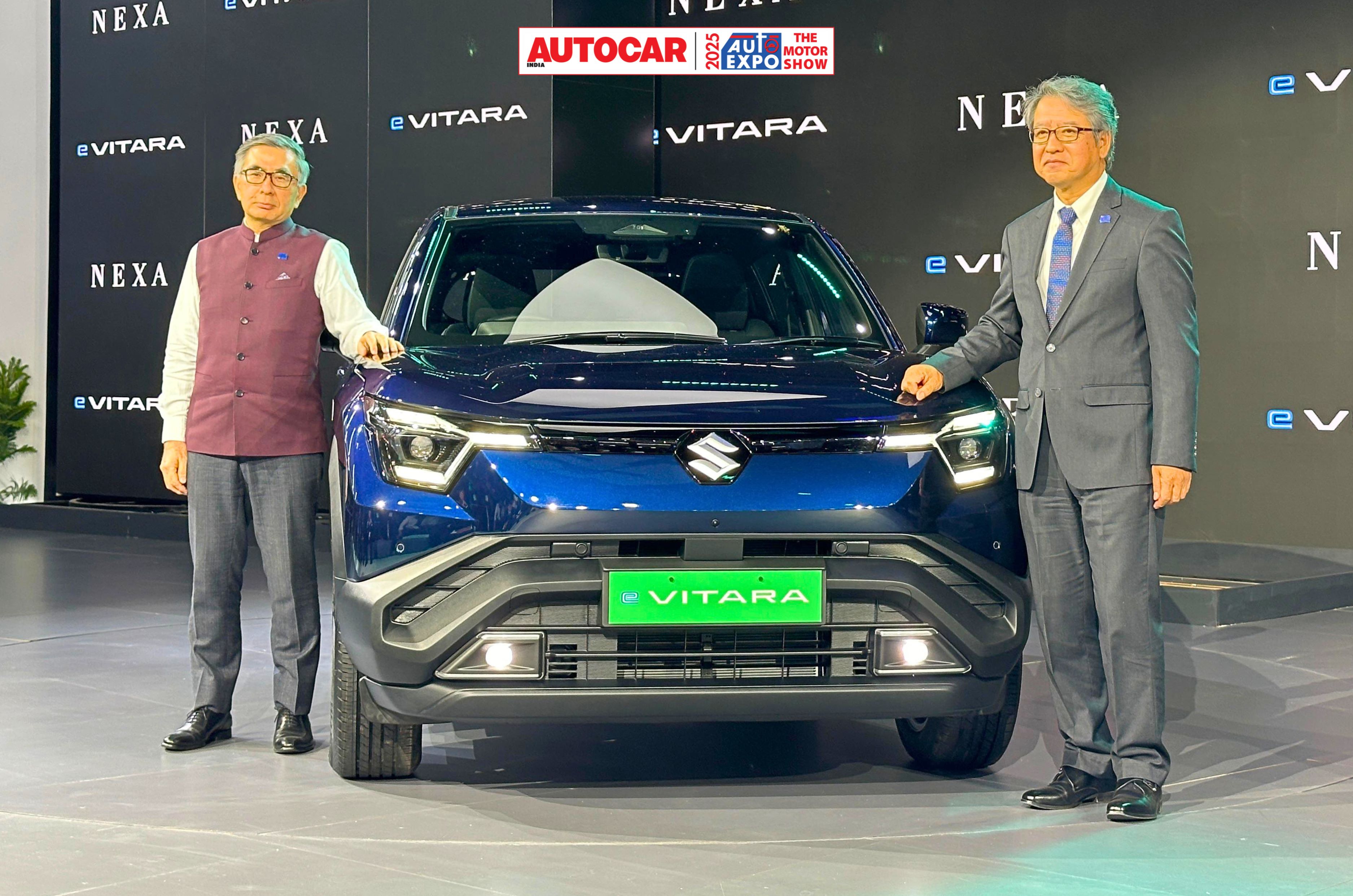








.jpg&c=0&w=700)
.jpg&c=0&w=700)
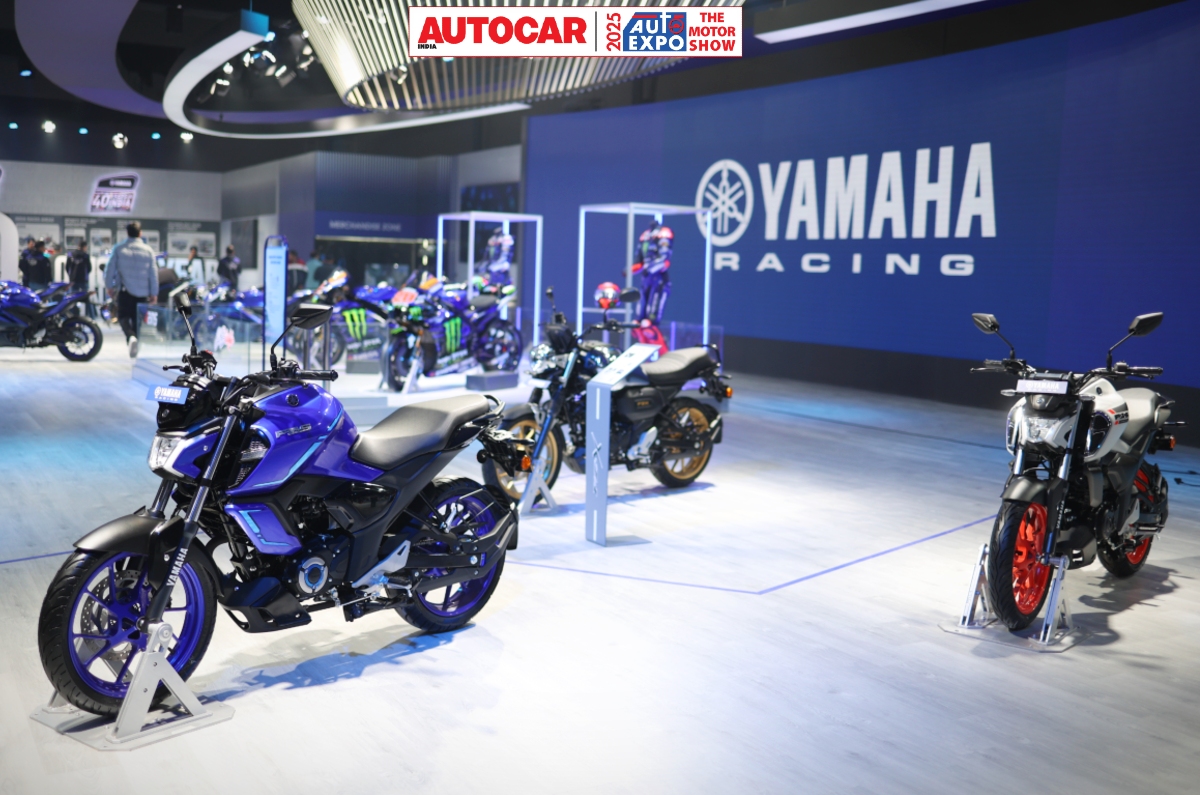








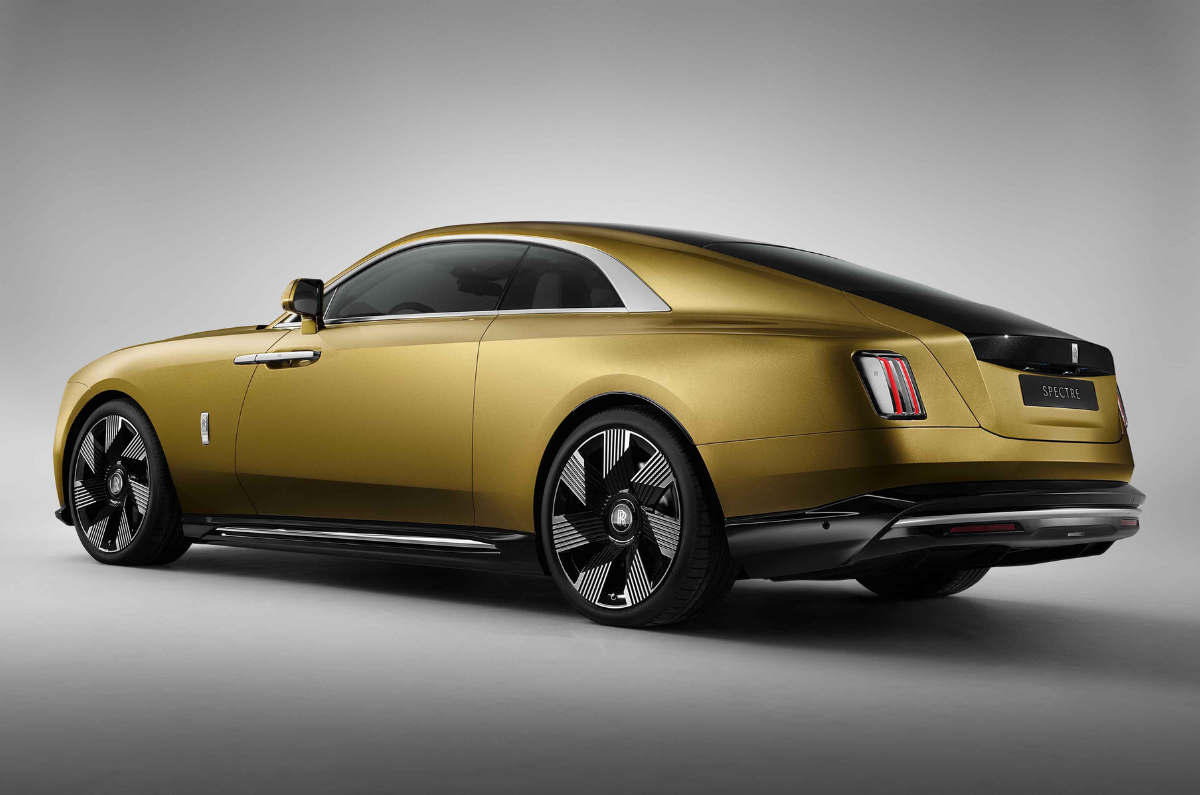

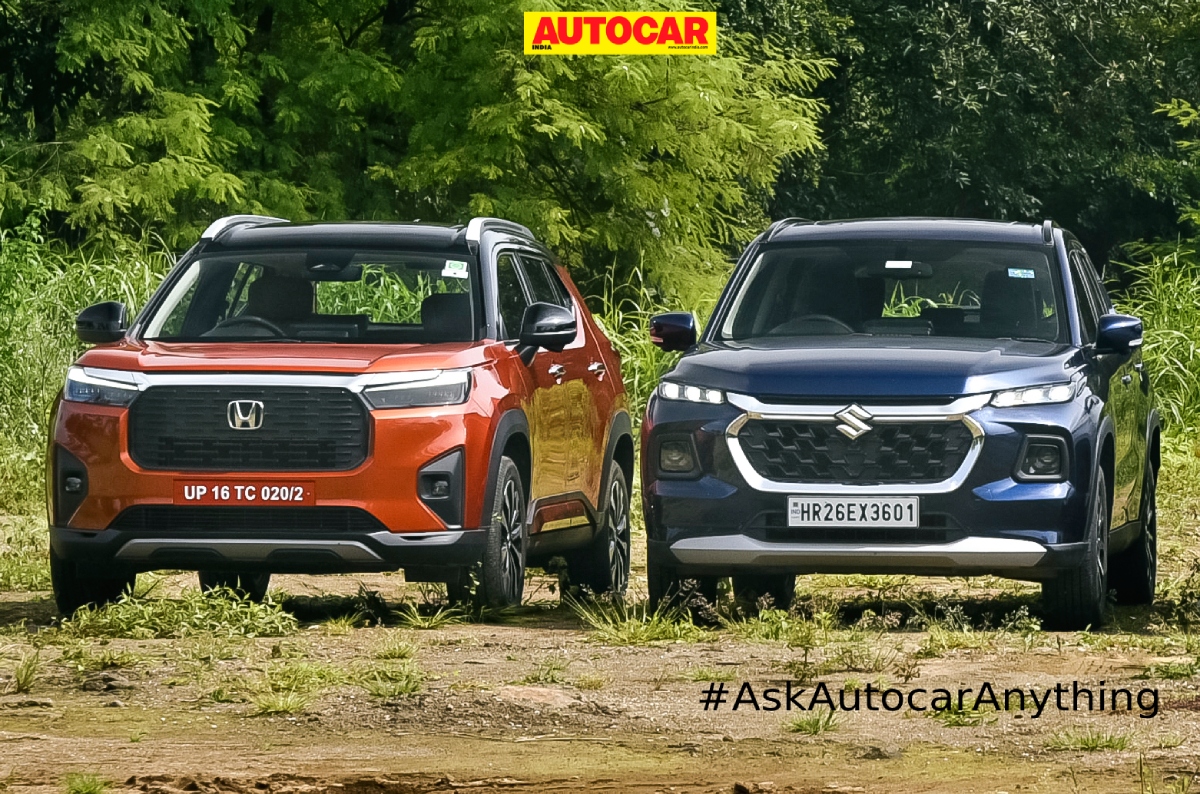



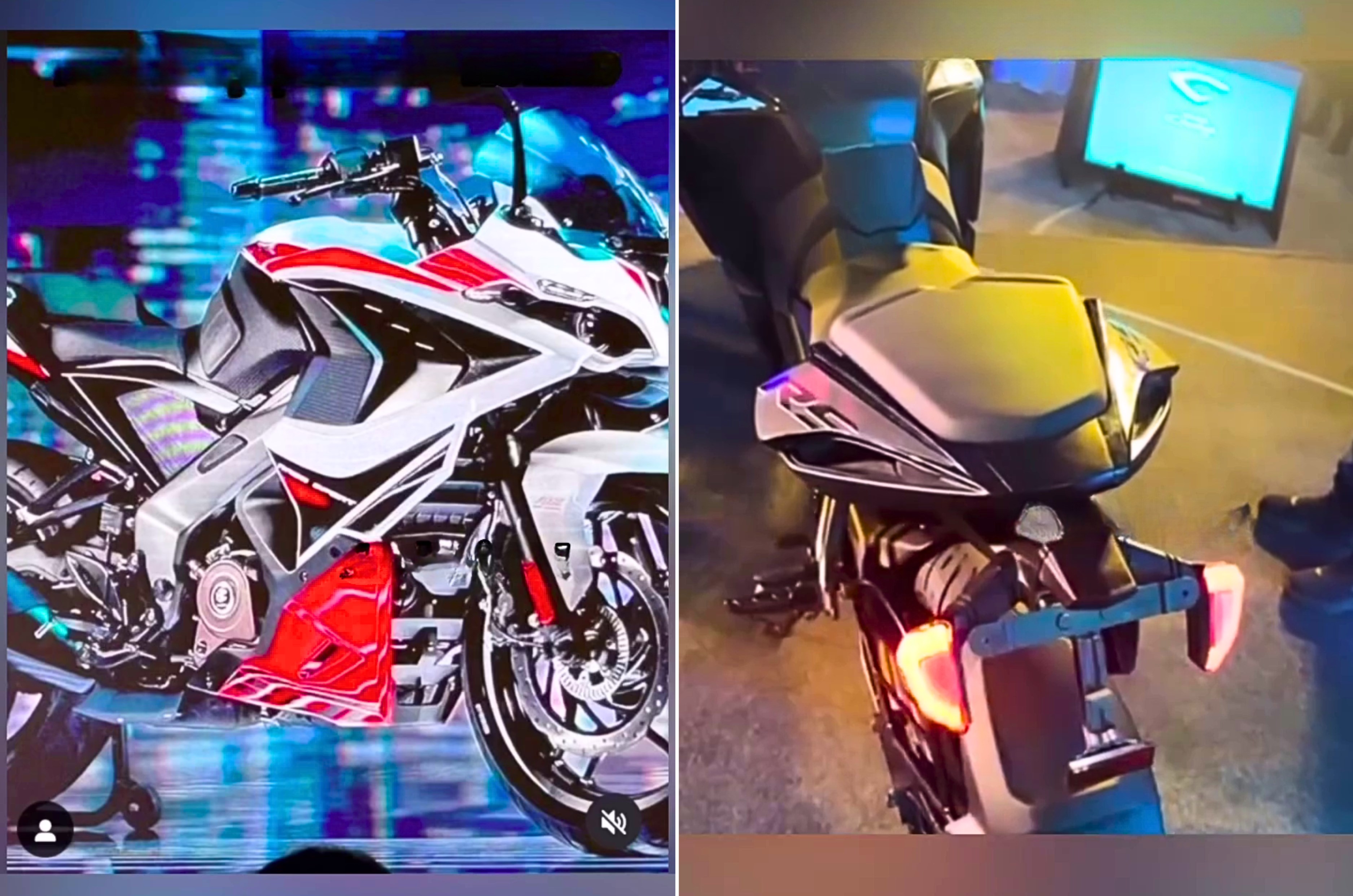










.jpg&c=0&w=700)
.jpg&c=0&w=700)

.jpg&c=0&w=700)

.jpeg&c=0&w=700)
.jpg&c=0&w=700)
.jpg&c=0&w=700)






